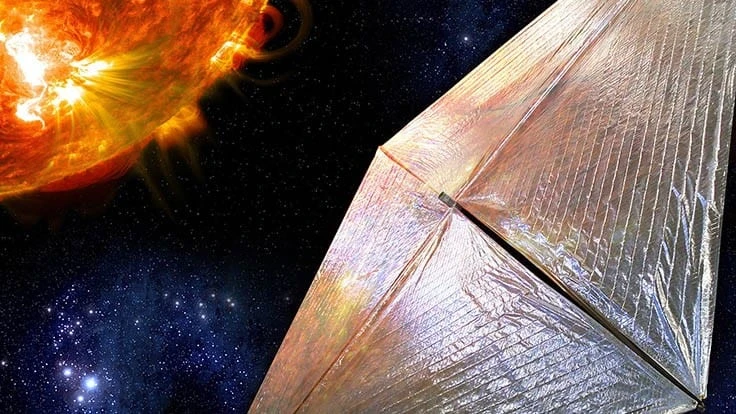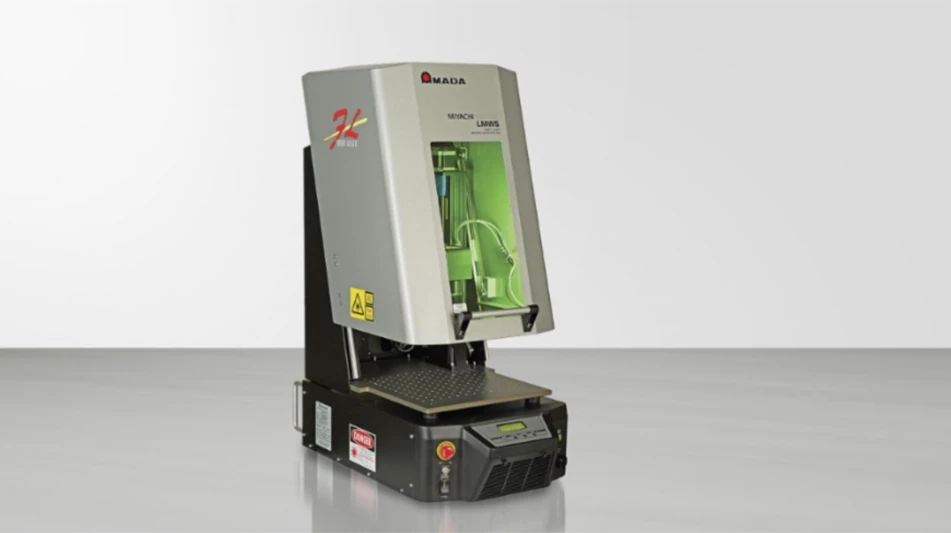
NASA/Marshall Space Flight Center
Ball Aerospace has been selected to support Solar Cruiser, a NASA small satellite technology demonstration on the use of solar photons for propulsion in space. Ball will perform several mission-critical functions, including the integration and test of the satellite bus with the solar sail system that will form the completed Sailcraft.
"Solar Cruiser will be an important step in the advancement of solar propulsion technology that could enable future missions studying the Sun, space weather, and deep space," said Dr. Makenzie Lystrup, vice president and general manager, Civil Space, Ball Aerospace. "It builds on our legacy as a long-time mission partner to NASA and the scientific community, at large, in the development of leading-edge science and technology to achieve science at any scale."
The Solar Cruiser will be one of four missions launching with the NASA Interstellar Mapping and Acceleration Probe (IMAP), currently scheduled in 2025. Once in orbit, the spacecraft will deploy an 18,000ft2 sail – roughly the size of four regulation basketball courts stitched together – to catch solar radiation to propel the vehicle. Les Johnson, from NASA's Marshall Space Flight Center in Huntsville, Alabama, is the mission's principal investigator.
Ball Aerospace will be responsible for procuring a Venus-class microsat commercial bus, defining all necessary mission-specific modifications, and performing the integration and test of the completed Sailcraft.
In addition to Solar Cruiser, Ball Aerospace will play roles on two of the other three missions launching on NASA's IMAP, including the Global Lyman-alpha Imagers of the Dynamic Exosphere (GLIDE) and the National Oceanic and Atmospheric Administration's (NOAA) Space Weather Follow On (SWFO).
Latest from Aerospace Manufacturing and Design
- GE Aerospace secures Air Force engine contract
- Thomson Industries' online sizing and selection tool
- #53 - Manufacturing Matters - 2024 Leaders in Manufacturing Roundtable
- Join us for insights on one of the hottest topics in manufacturing!
- You can still register for March’s Manufacturing Lunch + Learn!
- Ohio creates Youngstown Innovation Hub for Aerospace and Defense
- Tormach’s Chip Conveyor Kit for the 1500MX CNC Mill
- How to Reduce First Article Inspection Creation Time by 70% to 90% with DISCUS Software





